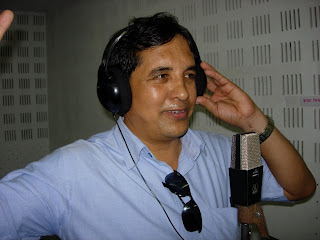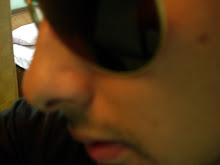


Travel Deals to Okhaldhunga
Sitting at just over 5000 feet, Okhaldunga is an ideal destination for immersion in a genuine Nepali village. The magic of this town is conveyed in both it's hospitality and natural beauty. Although a narrow dirt road now connects this district to the rest of Nepal, the hilly terrain makes travel to Okhaldhunga difficult at best, and at times quite treacherous. For most, a two day walk from the town of Katari continues to be the best and safest way to reach Okhaldhunga.
Amidst a scenic wonderland, Okhaldhunga offers a truly Nepali experience. The district capital is a small town surrounded by hills dotted with small faming villages. Okhaldhunga's pristinely breathtaking scenery, immortalized by 20th century poet Siddhicharan Shrestha, invites visitors to a number of local hikes and treks, including a two hour walk to Pokali, the second largest waterfall in Nepal. During certain times of year, the crisp, clear skies give view to the Himalayas, including Mount Everest, providing a perfect excuse to relax in front of the world's tallest mountain range.
The Okhaldhunga district, with Okhaldhunga as its capital, is part of the Sagarmatha zone of eastern Nepal, one of 75 districts. It spans an area of about 1,100km2 and has a population of over 150,000 people.
Okhaldhunga also offers the setting to accomplish many things, working hand in hand with the community in such areas as education, English instruction, sanitation and waste management, health, youth activities, infrastructure planning and development, and more.
Your trip to Okhaldhunga is an all-inclusive opportunity to live and work in the “Real Nepal”, far away from city life.
Looking for a way to save on your next Okhaldhunga vacation? Look no further. We work to provide you discount travel deals on airline tickets, cheap rates on hotels, and more. Our Okhaldhunga travel deals are updated frequently to ensure your trip planning is easy on you and your wallet. We hope that you find that perfect Okhaldhunga deal to help get you going on that memorable getaway.




































